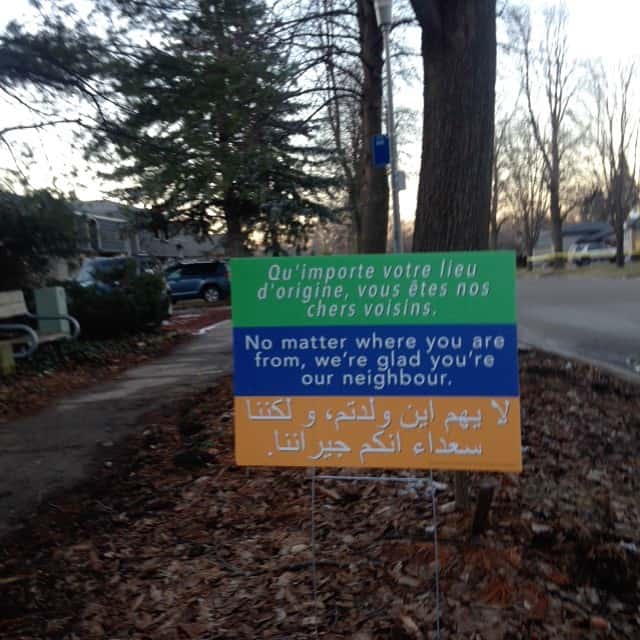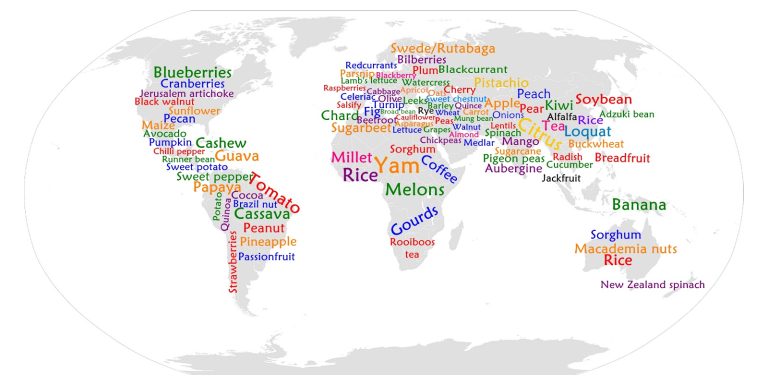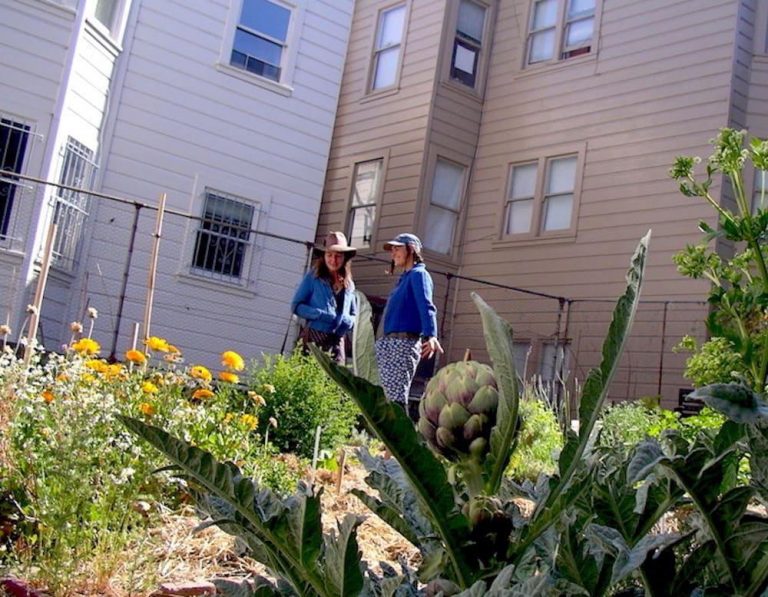How I learned to bloom where I was planted (or, rather, where I planted myself) with suburban permaculture.
By Becky Ellis
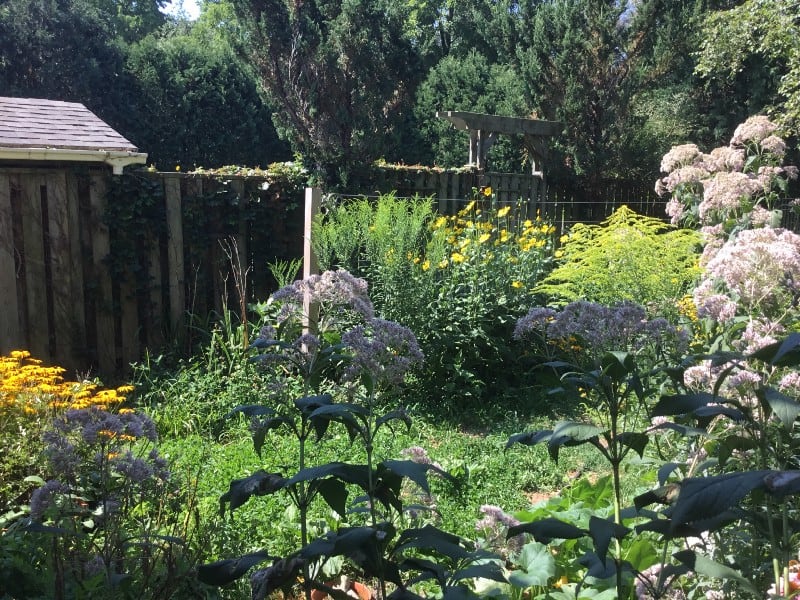
I am not the type of person who lives in the suburbs. I love big cities: the vibrancy, the art, the festivals, the diversity, even the chaos of city centres. I love walking and cycling wherever I need to go and I especially love frequenting public spaces like parks, libraries, community centres, and public pools. I love practicing urban permaculture in the collective spaces of dynamic cities (I am the urban permaculture teacher in the Permaculture Women’s PDC). But something happened in 2011: I feel in love with someone who owned a house in a suburban area of my city. At the time, I rented a house in a central neighbourhood that was nice, but expensive (for me) with a teeny tiny backyard. In order to pay rent I had to work two jobs. In May of 2013 my two kids, dog, two cats, and I moved to the ‘burbs.
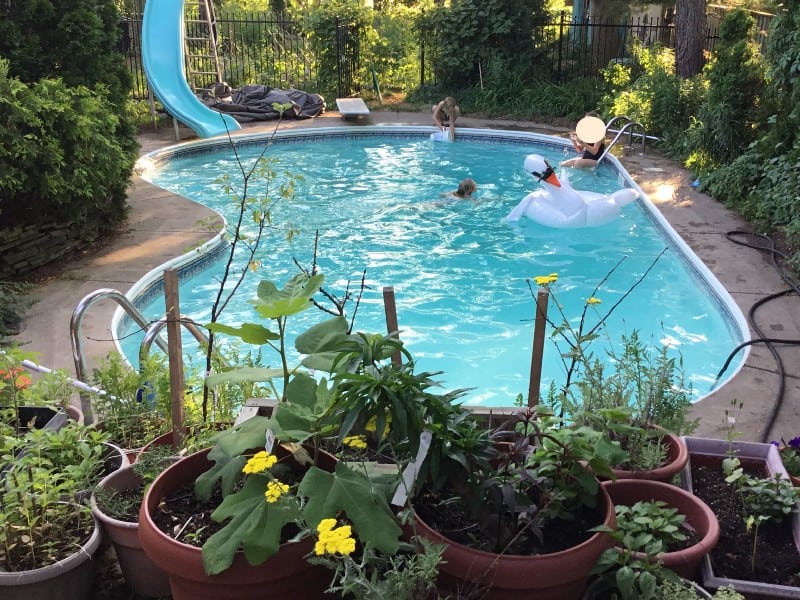
Things changed immediately. I started driving a lot, something that made me unhappy. I felt isolated and lonely, even in a big blended family of six. My city is relatively small (350 000 people) but I couldn’t stroll or easily bike to the places in which I liked to spend time. I didn’t see my friends as often and felt disconnected. Worse, I felt out of place, unable to truly be myself.
Eventually, I convinced my partner that I had to move back to the centre of the city to be happy. But two things disrupted my plan. One, my daughter had made some great friends at her neighbourhood school and moving would mean pulling her out of that school. I had already majorly disrupted my kids lives a couple times and didn’t relish the idea of doing it again. Two, my backyard had become a permaculture ecosystem — full of wildlife, perennial plants of all kinds, and a growing medicinal food forest, still in its baby stage. I knew that next person who moved into our house would likely destroy most of it.
Permaculture is about creating relationships in which everyone flourishes. I started to think critically about the lopsided power parents yield over kids’ lives — we can turn their whole live upside down with one decision. I also started to think about the responsibility I have to the trees and perennials I planted and to the animals for whom I created habitat. Don’t get me wrong, mamas need to flourish as well — I don’t think women should sacrifice our own happiness for our partners or children. But I realized that there are special ways that I also flourish in this space.
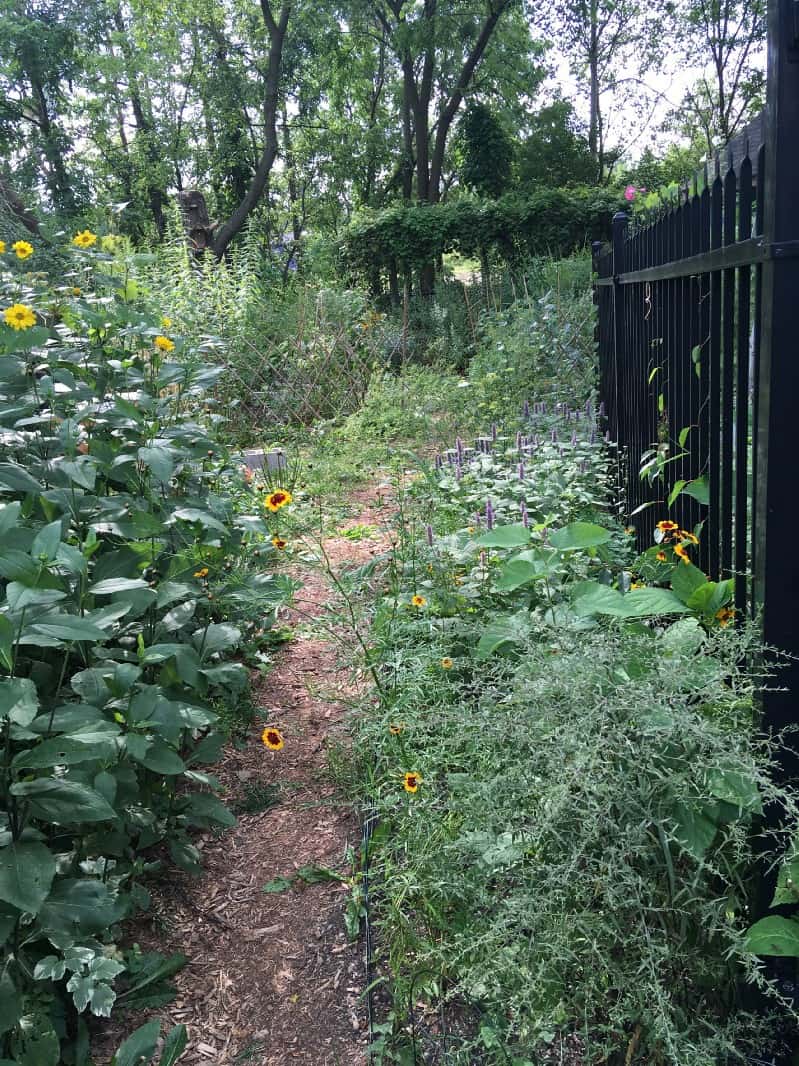
Yes, some of my neighbours — I’m sure — worry that my forest garden and hippy ways are going to bring down their property values. But, other neighbours use my Little Free Library with enthusiasm, attended the art & eco festival my partner and I put on for four years, and, most recently, voted for my idea for an experiential pollinator garden during my city’s Neighbourhood Decision-making Process.
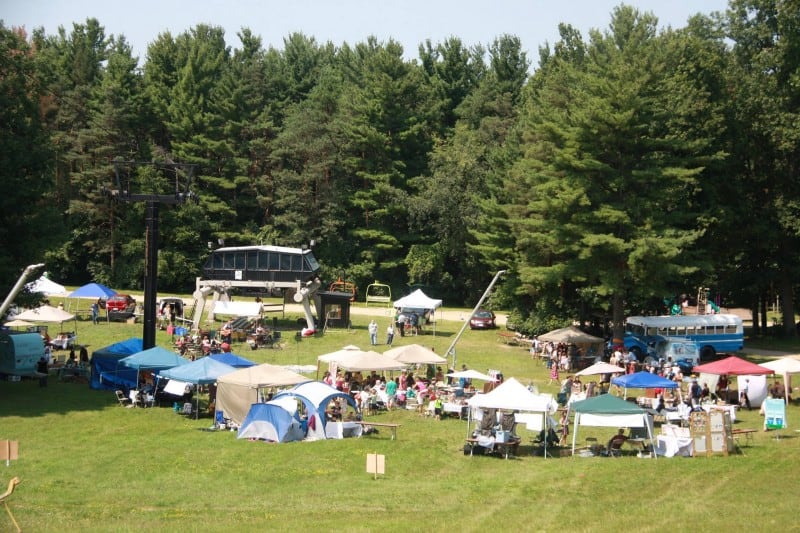
The bike ride to the university is almost an hour long, but this hour is spent almost entirely along the river. During the long bike ride to and from the university I pass five playgrounds, two community gardens, a dog park, one quirky amusement park, two murals, and get to witness dozens of people enjoying public green space. I spend close to an hour smiling at people as they connect with each other and non-human nature. During my bike ride, I get to admire old willow trees and bad-ass geese who stand their ground, and sometimes catch a glimpse of a bald eagle, skunk, deer, or possum. Plus I have really muscular calves.
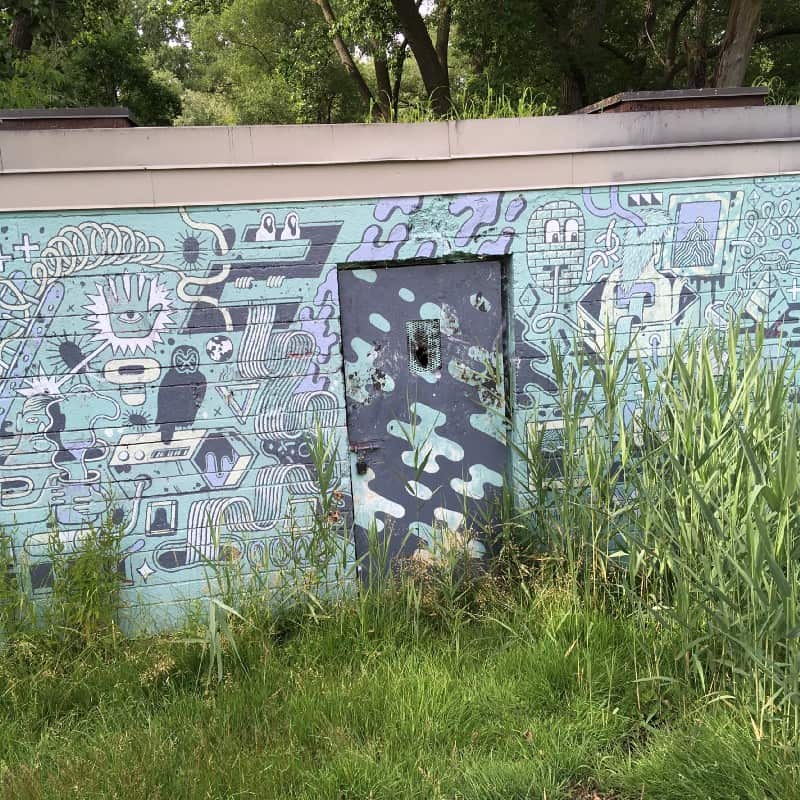
I have also discovered that hidden in my neighbourhood are many kindred spirits, also yearning for a better, shared world for all. And so, we’re staying and I am learning that you can create a permaculture sanctuary in the suburbs, and more than that, you can create a sense of community — and can flourish — in unlikely places.
